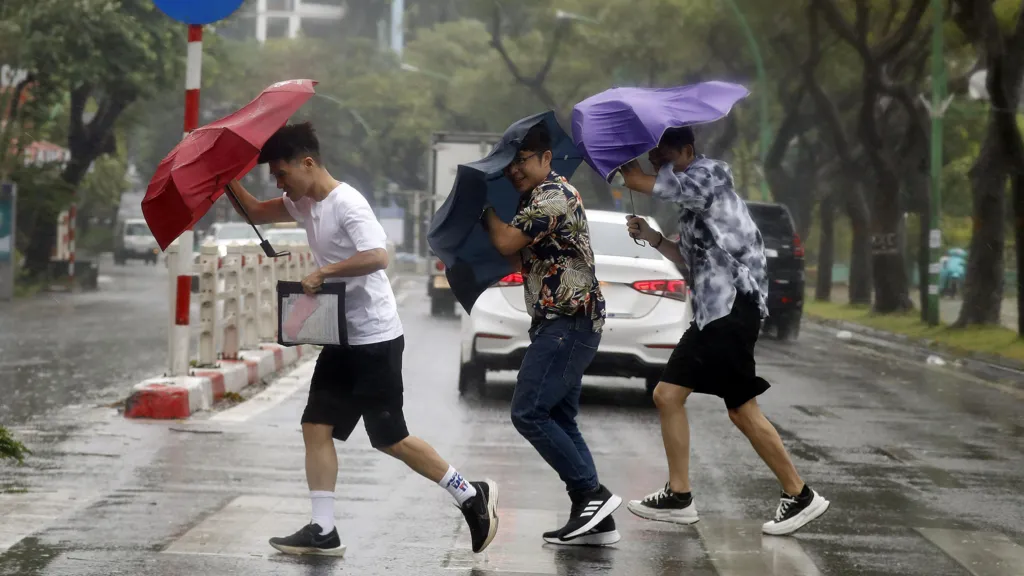Yashaswani Chauhan, Pune
Vietnam is in repair after the country’s recent devastation brought by Typhoon Yagi, which is considered this year’s strongest storm to affect Asia. The typhoon hit northern Vietnam in the afternoon on Saturday destroying properties and claiming four lives. At least 78 people were injured when the storm hit two coastal provinces of Quang Ning and Haiphong at 149 km/h wind speed.
As soon as the storm developed in Vietnam, the government acted rapidly, giving out alerts to warn the people. Preventive measures were also implemented, such as cutting trees in Hanoi so that they would not be easily blown off by the winds. However, despite preparations, Typhoon Yagi created a great impact.
In Hanoi, a woman was killed when a tree was knocked down by the storm. Many northern cities experienced similar damages, with billboards and trees falling across streets. The storm also caused widespread damage, including downed trees and power outages.
Quang Ninh, home to Ha Long Bay, a UNESCO World Heritage site, was particularly hard-hit. As a precaution, hundreds of cruises were canceled in the area. Haiphong, an important industrial city, also suffered as strong winds and rain swept through, affecting major factories like those owned by VinFast, a leading electric vehicle manufacturer, and Pegatron, an Apple supplier.
Typhoon Yagi had already caused devastation in China before reaching Vietnam. On Friday, the storm hit Hainan province in southern China with winds as high as 245 km/h. The storm left three people dead and 95 injured in China, affecting more than 1.2 million people. Local authorities evacuated over 420,000 residents in Hainan and another 500,000 in Guangdong province. The typhoon’s second landfall occurred in Guangdong’s Xuwen County on Friday night.
The typhoon also brought chaos to Hong Kong, where over 100 flights were canceled, and 270 people sought refuge in shelters. Heavy rains and strong winds caused schools to close and halted stock market trading.
Earlier this week, the storm hit the Philippines, causing massive destruction. At least 20 people were killed, and 26 are still missing. People were forced to leave their homes due to landslides and flooding leaving over 2.3 million affected.
Scientists have pointed out that climate change makes typhoons like Yagi more frequent and intense. Warmer ocean waters give storms more power, resulting in stronger winds and heavier rains. This trend is especially evident in Southeast Asia, where storms have become more dangerous over the years.
